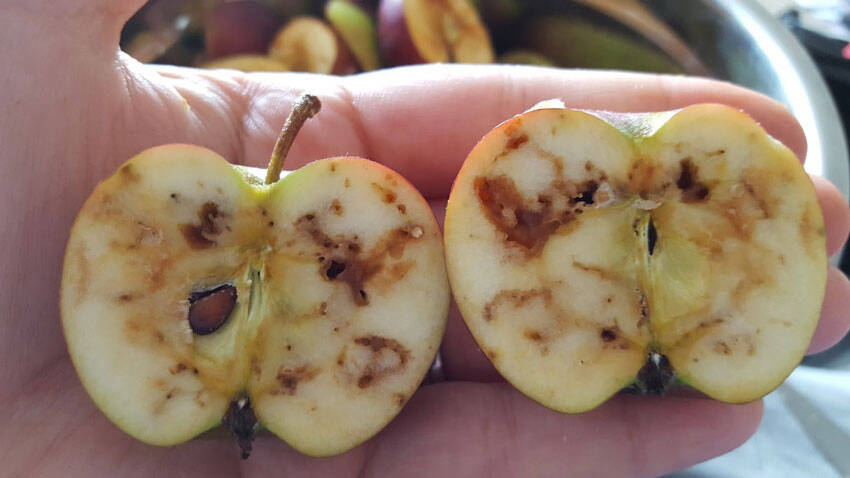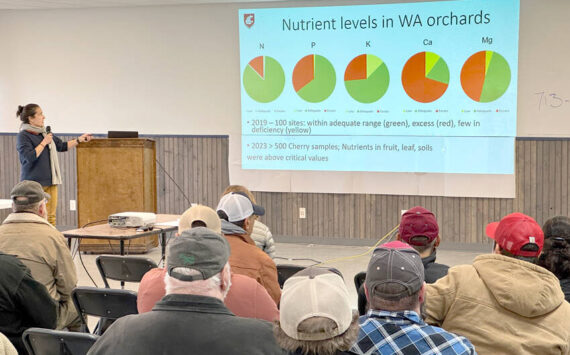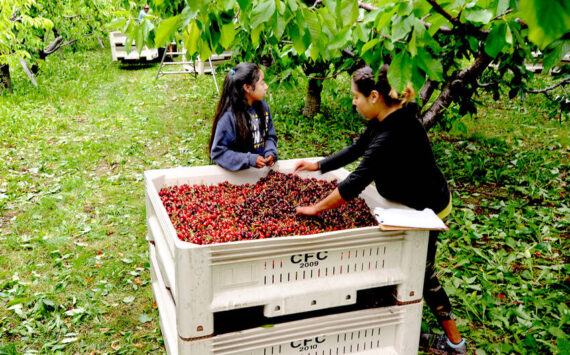OLYMPIA – The Washington State Department of Agriculture (WSDA) has completed its annual invasive pest survey season and will begin removing northern giant hornet (Vespa mandarinia) traps this month. For the second consecutive year, no northern giant hornets were detected in the state.
Trappers will remove more than 800 WSDA northern giant hornet traps they set and have been monitoring since July. In addition, nearly 200 additional traps were placed and monitored by WSDA partners including federal, state, and local agencies; local community groups in Whatcom County and private citizen scientists.
“While we appear to be heading in the right direction, there is still work to be done to make sure these hornets have not established here,” Greg Haubrich, WSDA’s Plant Protection Assistant Director, said. “It is possible the hornets could be out there. We still need the community’s continued support to report suspected sightings and participate in our citizen science trapping program next year.”
Per USDA guidelines, the northern giant hornet cannot be considered eradicated until WSDA has three consecutive years without a confirmed detection of the hornet.
The northern giant hornet is just one of more than 130 species that WSDA’s Pest Program looks for each year. These pests pose a threat to the state’s agricultural industry, though many have not yet been found in the state.
The spotted lanternfly is one such pest. Though never detected in Washington, it is causing significant damage to vineyards, farms and gardens in several states in the Eastern U.S. WSDA has been monitoring for the pest and preparing for its arrival – collaborating with the Washington Invasive Species Council to create a state spotted lanternfly response plan.
The pest has shown a remarkable ability to spread quickly and hitchhike, with dead specimens being found as close as Oregon and California.
“It’s not if, but it’s when it arrives,” Joshua Milnes, the WSDA entomologist leading the agency’s spotted lanternfly program, said. “Being prepared will give us our best chance to prevent this pest from establishing when it gets here. Washington residents should know what this pest looks like and snap a photo and report it immediately if they think they see it.”
Residents can also help prepare the state by removing the spotted lanternfly’s preferred host, tree-of-heaven, which is itself an invasive species.
Other major pests the program has monitored for this year include the apple maggot, Japanese beetle and spongy moth.
Apple maggot is established in Western Washington and some areas of Eastern Washington. WSDA monitors for the pest to slow its spread and ensure it is not detected in Washington’s commercial apples. WSDA continues to attempt to eradicate an infestation of Japanese beetles in South Central Washington and this year also has detected over 100 spongy moths.
The WSDA Pest Program protects the viability of Washington’s agricultural producers by monitoring for and eradicating invasive pests. Visit agr.wa.gov to learn more about the Pest Program.







